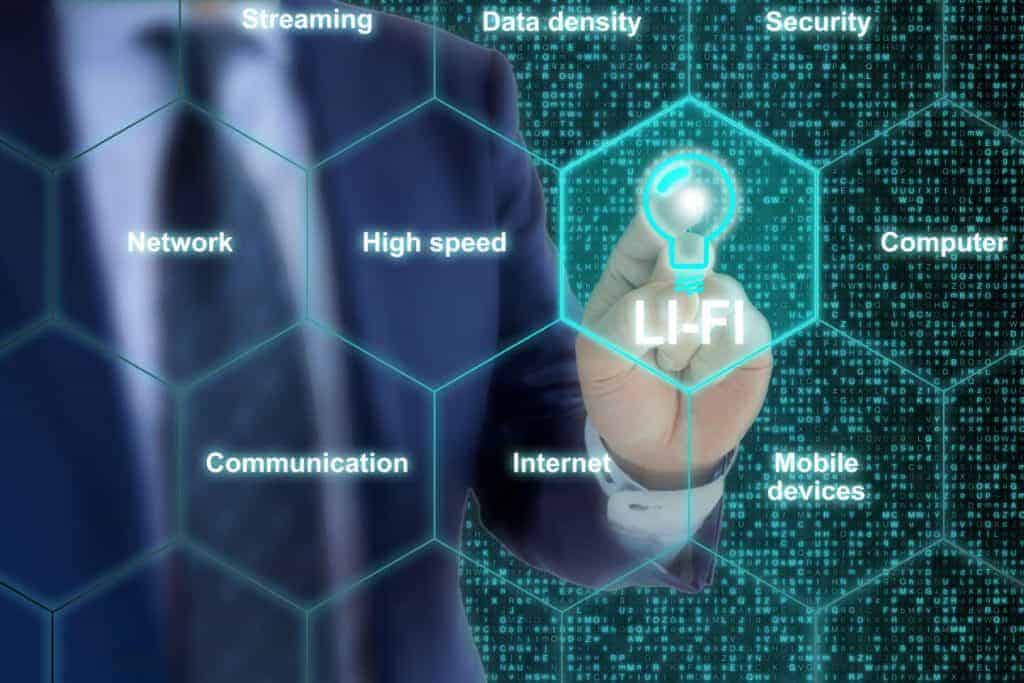The term “Li-Fi” may sound a little strange to you, but if you think of “Li-Fi” as the advanced version of “Wi-Fi,” then it becomes easier to understand.
Li-Fi technology is not mature enough for the market. However, it is still a very interesting thing to explore. Let’s get started!
How does Li-Fi Work?
Li-Fi is a method of internet connectivity that doesn’t use cables or radio waves, according to Digital Trends. The concept first appears in 2011 at a TED talk. It introduced this type of light-based wireless communication to the audience.
Compared to the Wi-Fi we are using today, Li-Fi seems to be more secure and more effective. Wi-Fi is based on radio waves. Therefore, it can be easily affected by other waves, like microwaves.
On the other hand, Li-Fi uses visible light waves, such as LED light bulbs as its router. According to Digital Trends, LED lights flicker at high speed, this process can send data all around the house.
The Advantages and Disadvantages of Li-Fi
Since it requires light to transmit the data, Li-Fi can only be used in the space where light emits. With this being said, if your neighbor wants to steal your internet connection, he or she will no longer be able to do it because the wall block the light.
It provides more security to your data, because people who pass by cannot have access to your internet connection.
Also, when the room gets to a certain size, it will be more convenient to use light to transmit data. For example, if you are in a big auditorium, Wi-Fi signal may be weak at the corners of the room. However, if you use Li-Fi, the internet will be more stable and faster in the room.
However, one of the most obvious disadvantages of Li-Fi is that it requires light to work! If you are used to watch a show before bed or listen to music when the light is off, you may not do so with Li-Fi.
Nonetheless, we can see a trend of wireless technology integrating into light, especially LED light. And according to Tech World, Li-Fi claims to be 100 times faster than normal Wi-Fi.
Even though the technology is not mature yet, it is inevitable that light becomes a new, more secure, and more reliable way to transmit data.







